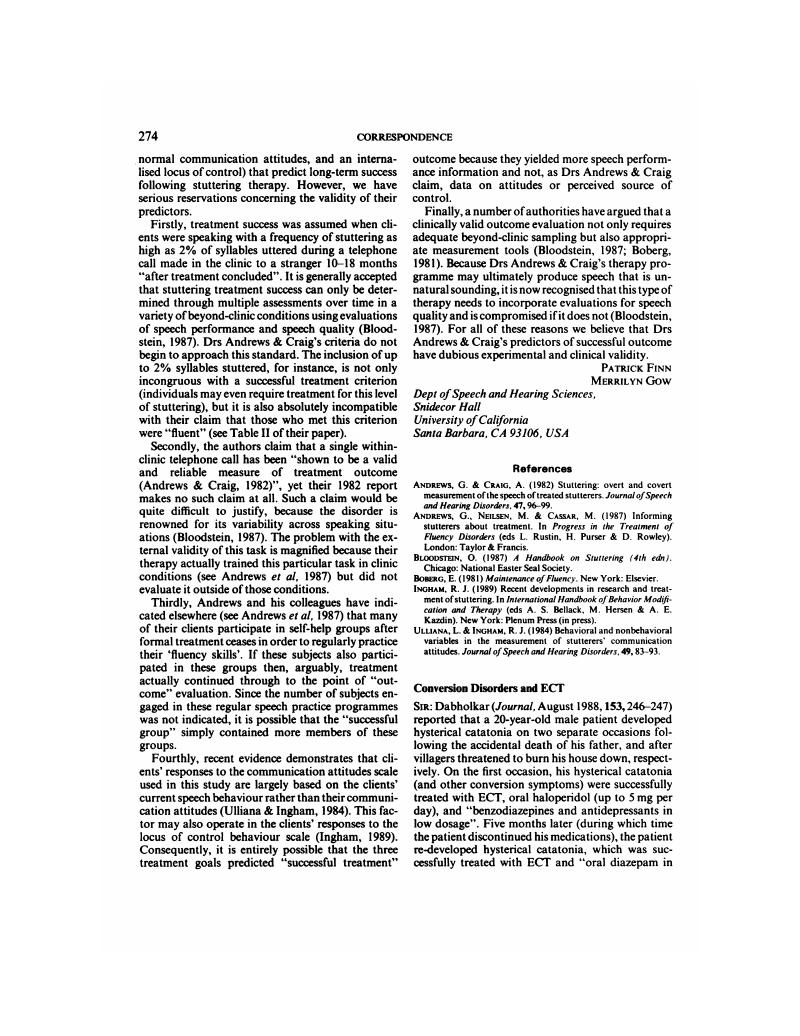Crossref Citations
This article has been cited by the following publications. This list is generated based on data provided by Crossref.
Lai, Joshua
2013.
Reclaiming trapped limbs: current and emerging treatment strategies for motor conversion disorder.
Neuropsychiatry,
Vol. 3,
Issue. 4,
p.
385.




eLetters
No eLetters have been published for this article.